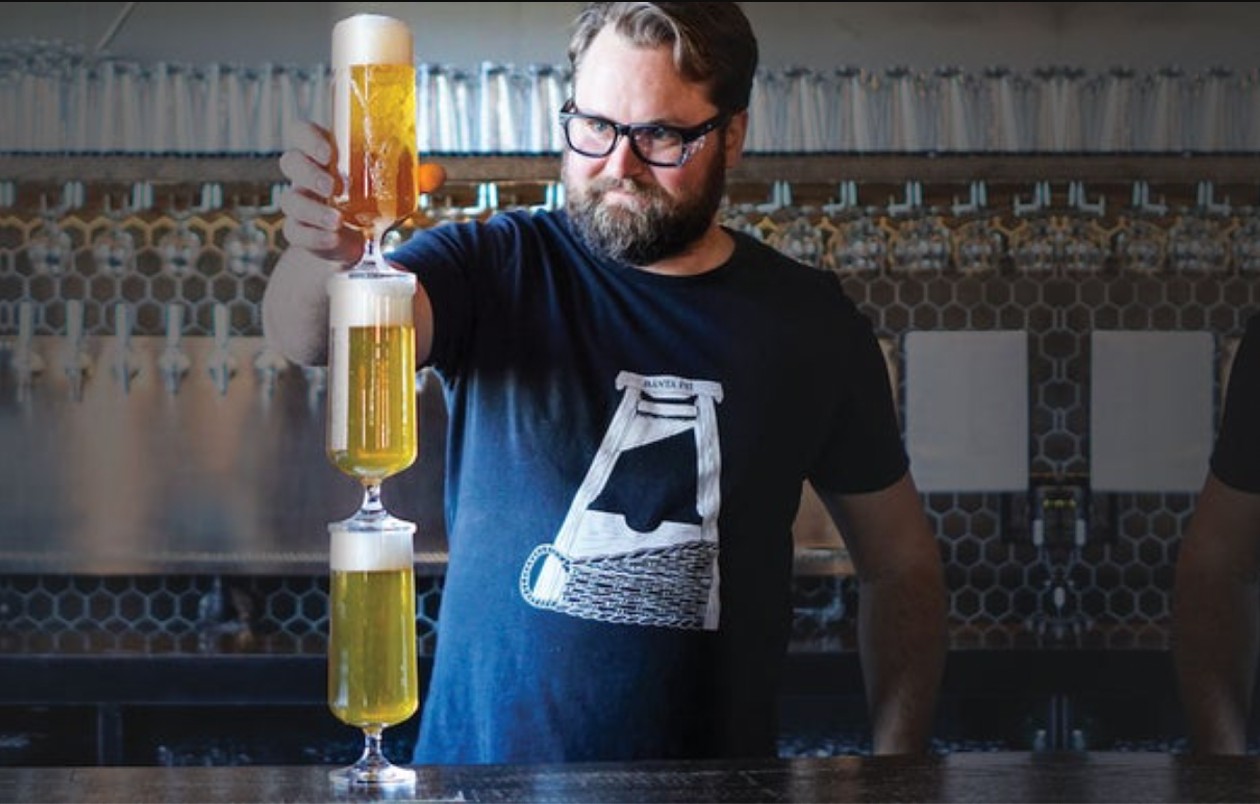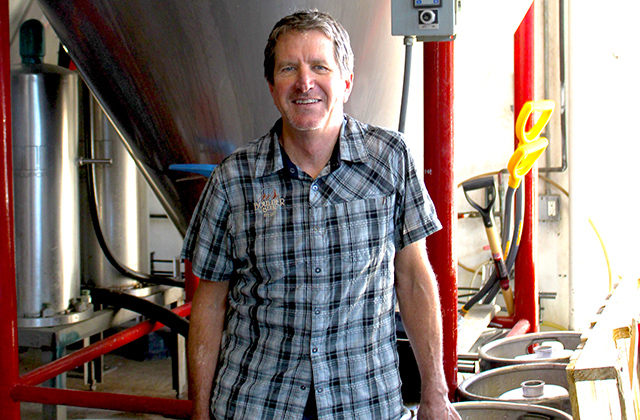
These days, some breweries are presenting themselves as both potential collaborators and competitors for wine-producing companies.
Among these is American Solera in Tulsa, Oklahoma, which is currently selling a Red Wine Barrel Farmhouse and a mimosa-inspired wine spritz made with Vidal Blanc grown in a neighboring vineyard. American Solera is helping grow that sector, too, recently collaborating with Our Mutual Friend in Denver, Colorado on a beer and wine hybrid.
Jan & James Field Spritz is a session beverage at 4.9% ABV. It is blended with Rosé of Merlot and Raspberry and bottle conditioned to produce tropical fruit aromas and a light dry finish. Our Mutual Friend is making the new release available both on tap and in 750 ml bottles.
Our Mutual Friend owner and head brewer Jan Chodkowski said they keep crossover customers in mind when making wine and beer hybrids, which aren’t new for the company.
“With our previous wine/beer hybrids there have definitely been some crossover,” Chodkowski said. “With this product being so light and refreshing we were trying to get even more people to try our mixed culture beers and we think it’s working.”
Companies dabbling with beer/wine hybrids source their wine, juice or grapes from different places. American Solera’s vidal blanc comes from a neighboring vineyard, whereas Our Mutual Friend’s wine grapes come from a traditional ingredient supplier.
“We purchased our Rose of Merlot from Source of Nature in Colorado but the Rose came from California,” Chodkowski said. “We thought it would be a nice, light and delicate use of wine grapes in our ‘wine/beer spritzer’ collab with American Solera.”
Making the hybrid beverage isn’t without challenges. Tetrahydropyridine, a byproduct that usually causes problems in sour beer production, and oxygen can be concerns that can be avoided by blanketing the beer with carbon dioxide when adding fruit and taking special care while packaging.
“We generally start with a simple recipe that includes mostly pilsner and some wheat malt, hopped with something lower alpha or maybe some aged hops and ferment it with a blend of brewers yeasts, wild yeasts and bacteria,” Chodkowski said. “Once that beer is almost done fermenting we’ll add our fruit which in this case was Rose of Merlot and raspberries and let those sugars ferment.”
The 750 ml bottle is packaging that Chodkowski acknowledged could help attract audiences from outside the traditional beer consumer space. They’re open to partnering with traditional wineries in the future, though, provided one wanted to carry such a product in their tasting room.
“That totally depends on the laws of the state, but we’d love to partner with wineries in the future if any are interested,” Chodkowski said.




Be the first to comment